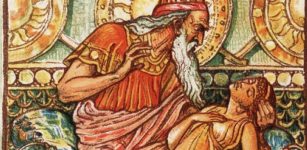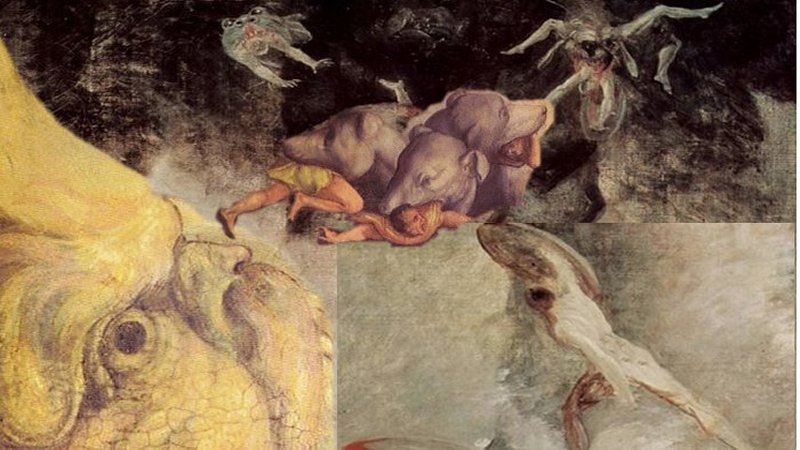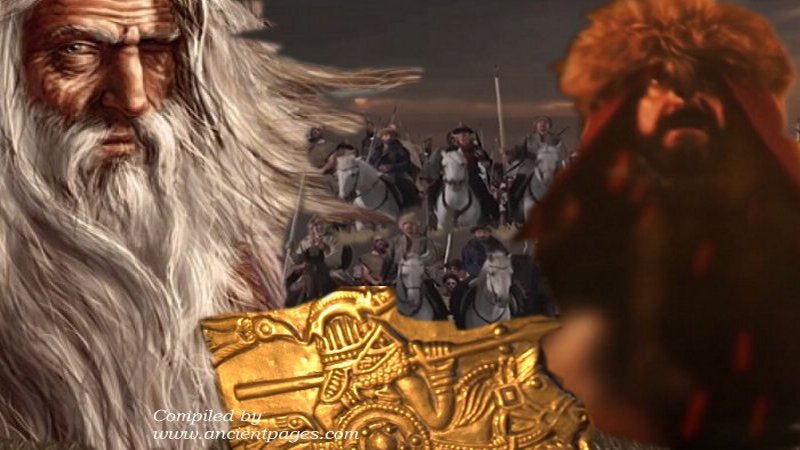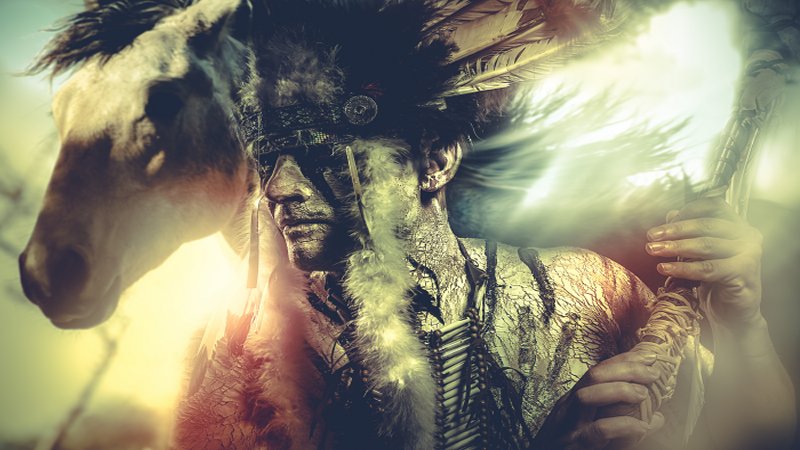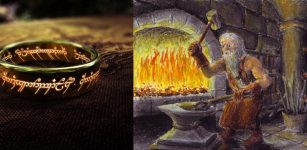Yokai Hone-Onna (‘Skeleton Woman’): Deceptive Succubus That Feeds On Man’s Soul And Vitality In Japanese Folklore
A. Sutherland – AncientPages.com – The belief in Yokai (Yōkai) was mentioned in “Shoku Nihongi” text dated to the eighth-century. This ancient belief is still alive in Japanese modern society.
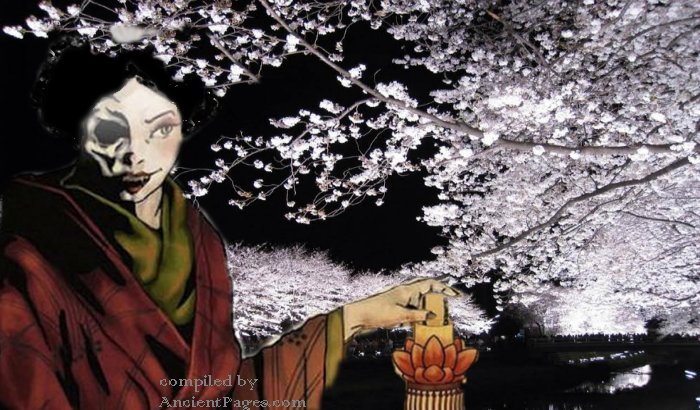
Yokai monsters that can take many different forms are mostly associated with abandoned places, villages, deserted mountain regions, and even other unexpected places. There are numerous Yokai in folklore, legends, and Japanese mythology.
The whole Yokai concept is quite broad because it includes creatures depicted as plants, people with various body deformations, specters, ghosts, demons and other difficult to identify monsters. They usually have abnormal strength and supernatural powers.
In a way, they are nowadays even more popular than in ancient times, as we can find them in Japanese anime, video games, movies, and manga in form of comics, cartooning, and graphic novels.
Today’s article is devoted to Hone-Onna (‘skeleton woman’), a Yokai, often depicted as an aged female that would carry a lantern decorated with beautiful peony (botan) flowers.
The main idea of many Japanese legends about Hone-Onna is always almost the same. She regularly visits the house of a man and they spend the night together, but her plan is simple. She dedicated herself to cheating, attacking and finally killing men. However, the legends have many versions.
One old Japanese version of the story tells about a widowed samurai, named Ogiwara Shinnojo who meets a beautiful woman named Yako.


